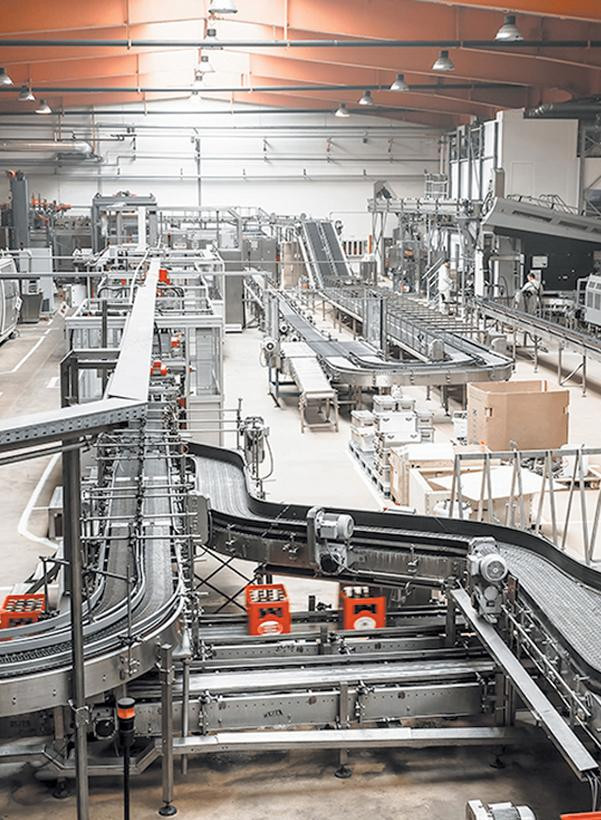Techniques for Steel Projecting
Steel Casting Manufacturers Online projecting is a particular type of projecting including different sorts of steel. Steel castings are utilized when cast irons can't convey sufficient strength or shock opposition. Instances of things that are steel castings include: hydroelectric turbine wheels, producing squeezes, gears, railroad vehicle outlines, bodies for valves and siphons, hardware utilized in mining, marine hardware, and motor housings. Steel castings are sorted into two general gatherings: carbon steel and amalgam steel.
The techniques for projecting steel: The Szekely strategy comprises of utilizing metal molds, one of the main focuses being to cover the molds with chalk and paraffin. Shaw additionally utilizes metal molds. Slavianoff's electric projecting strategy gives off an impression of being basically a technique for softening steel by associating it to one terminal of a solid electric circuit, the cauldron in which it is to be dissolved, or the plate on which it is to be projected being joined to the next.
In the purported sand center cycle, a sand center is projected in the ingot which is a while later worked down not surprisingly; it was guaranteed that the sand didn't harm the material, however this, as well as any benefit, is very dubious. In Norton's liquid moving cycle, liquid steel was to be worked direct into sheets by pouring it through rotating rolls appropriately changed, with forestalling blowholes, and decreasing the typical measure of scale.
Bessemer's strategy for making constant sheets comprised in running liquid steel between two water-cooled steel rolls, isolated a reasonable distance; the speed of the rolls was managed by the thickness of the sheet. In Whiteley's cycle for the development of plates, liquid steel was run into a spinning chamber and shaped a shell which was taken out, cut open by a saw, and afterward moved down. Pielsticker and Mueller's cycle was concocted for creating bars, poles, and comparative material direct from liquid steel by initial going it through bites the dust, and afterward completing the resultant material in a moving factory or under a mallet.
Pliable or solid metal castings are some of the time joined by warming in touch to a high temperature; this is named "mooching" together. It is now and then important to make an expansion to a projecting to finish or to supplant a piece which has been severed. For this reason the projecting previously made is set in a shape of the legitimate shape and liquid metal poured in.
The strong metal should be warmed up to an adequately high temperature, and there are two techniques which are typically recognized as (a) projecting on, where the strong metal is warmed with a fire, and (b) consuming on, where the liquid metal is first caused to run into and out of the shape until the strong part has been adequately warmed, when the power source opening is shut, and the form permitted to top off.
Wm. Chalk's technique for joining a sleeve or manager of solid metal, and so on, on a created iron shaft comprises in warming the shaft to a welding temperature, placing it in a reasonable shape, and pouring around it the liquid metal.
Falk's strategy is to some degree comparative, and is expected for joining the finishes of rails; an iron shape is put around the closures, and very hot metal is then poured around them until they are somewhat intertwined and will join promptly. Super durable shape projecting (normally for non-ferrous metals) calls for a set-up investment on the request for weeks to set up a steel instrument, after which creation paces of 5-50 pieces/hr-form are accomplished with an upper mass constraint of 9 kg for each iron combination thing (cf., up to 135 kg for the vast majority nonferrous metal parts) and a lower breaking point of around 0.1 kg.
General Stainless Steel Precision Casting depressions are covered with a hard-headed wash of acetylene sediment prior to handling to permit simple evacuation of the work piece and advance longer device life. Extremely durable molds have a restricted life prior to breaking down. Worn molds require either restoring or substitution. Project parts from an extremely durable shape by and large show 20% expansion in elasticity and 30% increment in prolongation when contrasted with the results of sand projecting. The main fundamental information is the covering applied consistently.
Commonly, super durable shape projecting is utilized in framing iron, aluminum, magnesium, and copper based composites. In the advanced period, the cycle is exceptionally robotized with the utilization of automated gear and PCs.
For more Info:-

Comments
Post a Comment